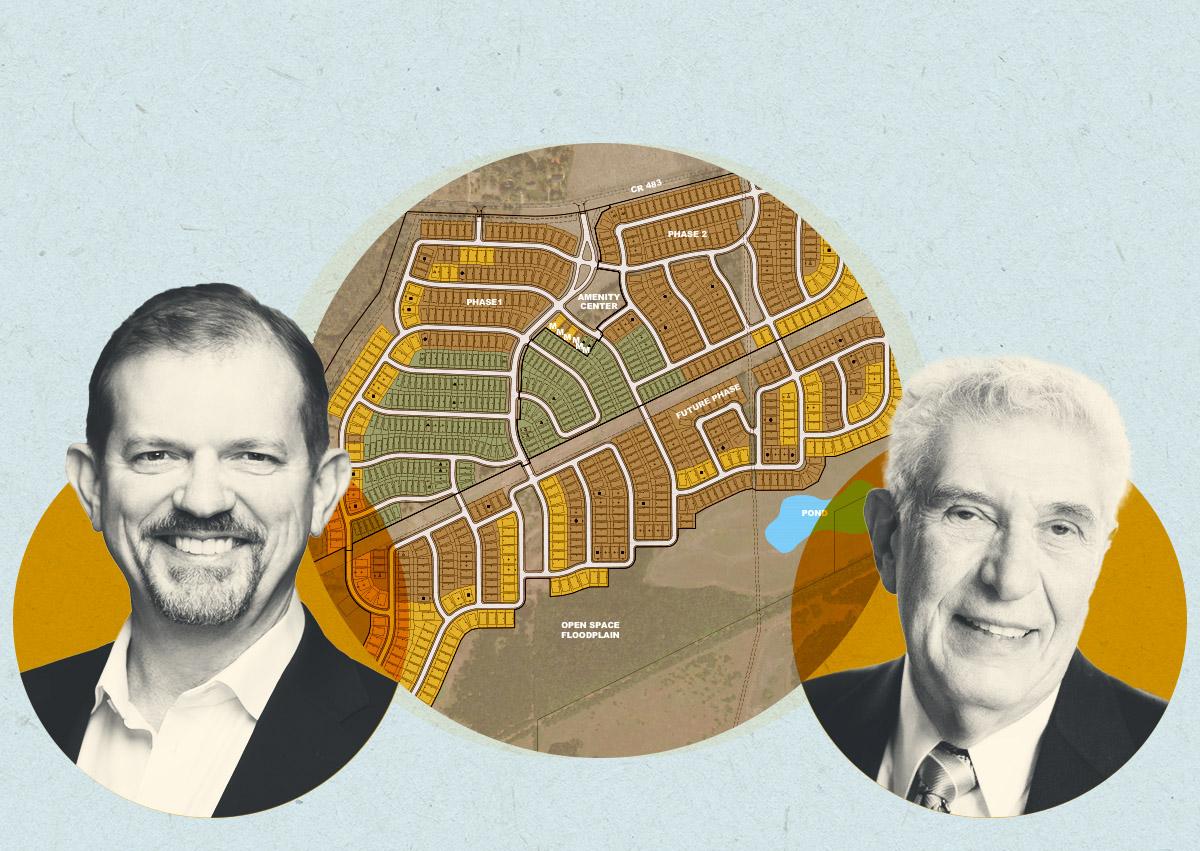About 30 minutes south of Dallas-Fort Worth, Shannon Livingston is planning what would be one of the largest communities ever constructed in the region.
Livingston’s firm, RREAF Communities, is leading the project, called Heirloom. It’s a 3,000-acre development in Ellis County that’s set to include 8,500 single-family homes, 3,000 rental homes, apartments, commercial buildings, a beach and a slew of other amenities, the Dallas Morning News reported.
Pending state approval of a utility district, Livingston aims to start construction next year. The site, formerly known as Hi View Ranch, is just south of the FM663 and FM875 intersection, between Midlothian and Waxahachie.
There are only 19 communities in North Texas with over 5,000 homes, and Heirloom is one of three planned communities slated for at least 8,500 homes.
RREAF acquired the bulk of the land in 2021. The parcels are valued $22.3 million, according to the Ellis County Appraisal District. While Livinston didn’t disclose the estimated cost of the project, other master-planned communities in DFW often equate to a multi-billion dollar investment.
The first phase will feature 580 single-family homes, and the company plans to build a 230-unit apartment complex and 175 single-family rental homes in the ensuing phase.
Along with thousands of homes, Heirloom will include green spaces, town centers, retail space, neighborhood services and police substations. There will be entertainment areas for live music and other events, food trucks and an expansive trail system.
The prized jewel of the community will be a sandy beach that spans 27-acres along a man-made lake created years ago by the previous owners.
As is the case with any large-scale development, Livingston must go through a lengthy and tedious approval process. The developer needs approval from the Texas Commission on Environmental Quality to create two municipal utility districts that would help finance infrastructure.
Midlothian, Waxahachie and Ellis County officials have all opposed the creation of such districts, citing increased wastewater and drainage runoff, flooding, school overcrowding and other strains on public services due to high-density development, the outlet reported.
On the plus size, RREAF won’t have to go through an arduous zoning approval process since most of the property is outside city limits.
—Quinn Donoghue
Read more



